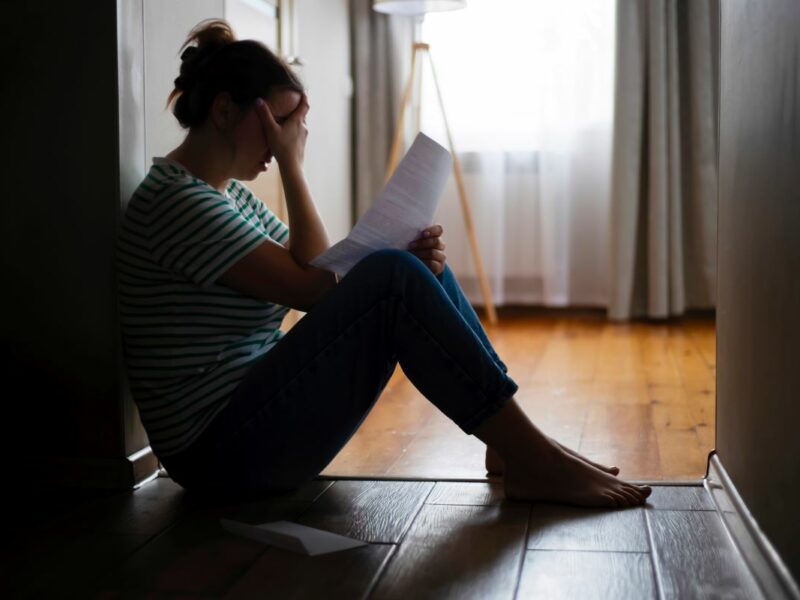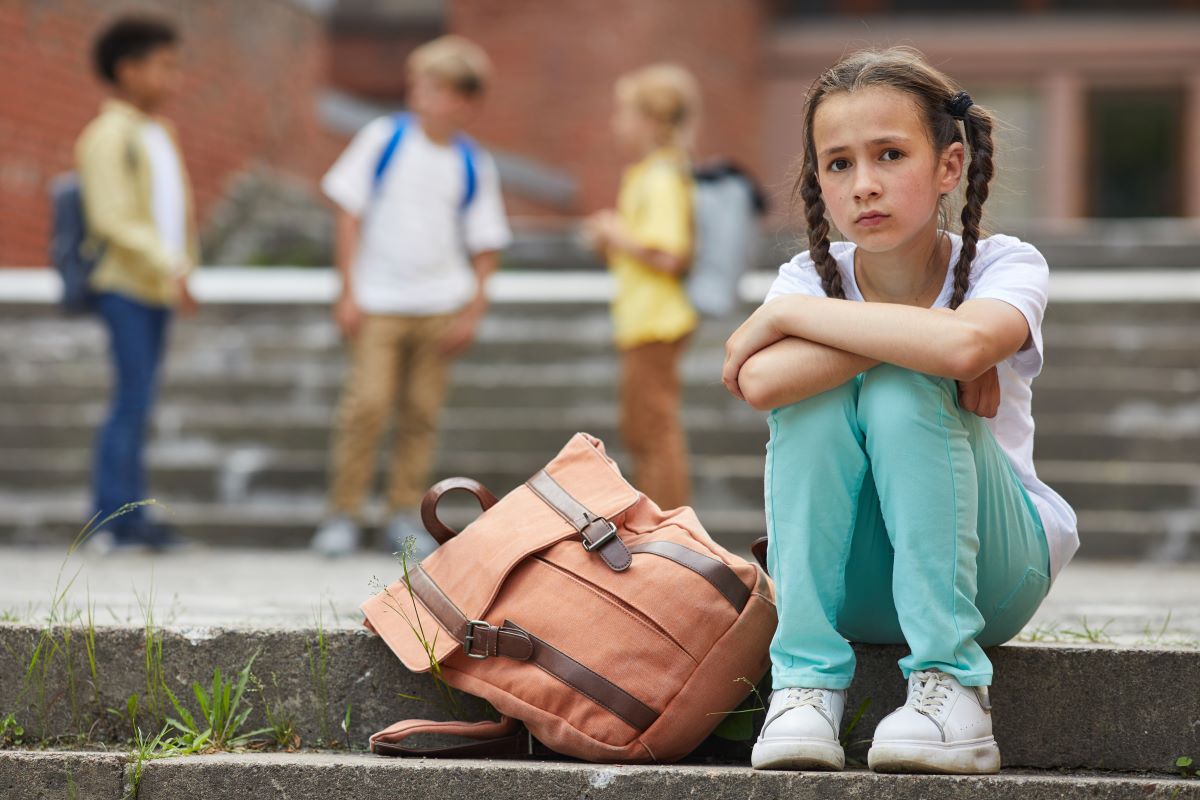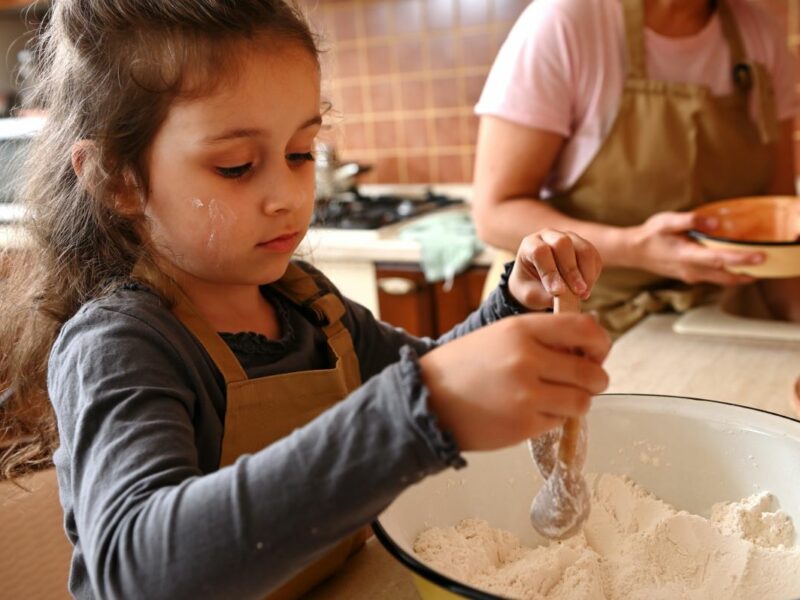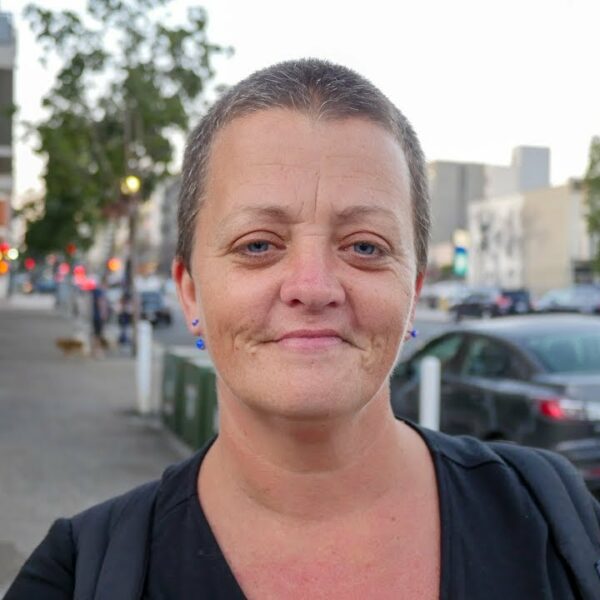New Study Proves the People Most Traumatized by Evictions and Subsequent Homelessness are Young Children
As 2.9 million young children face the very real prospect of falling into homelessness through eviction, the future of an entire generation looms stark.
With evictions spiking nationwide, it’s high time we put a face on eviction-driven homelessness. The most recent data suggests that face would be one of a young child, or perhaps more accurately, millions of young children.
This visual illustrates the harmful impact of uncapped rental rates quadrupling the median wage and financially bankrupting lower and middle-income earning households. Unfortunately, you are not likely to find an image like this in the mainstream media. As such, the gravity of the situation is difficult to convey except through singular stories and emerging research.
“The hardest part about not having a home is like… how will I dream to be successful and accomplish things?” one school-aged child explained in an interview with the National Alliance to End Homelessness.
Throughout the telling interview series, elementary school students described the tribulations of becoming homeless, from being bullied for living in a shelter to having trouble doing homework to developing fears of inclement weather conditions like rain and snow.
No child should have to endure such pains at such a pivotal point in their development, particularly in a wealthy nation like the United States. But this is the inevitable reality for millions of elementary school students, many of whom will not make it to graduation day due to being evicted and becoming homeless.
How did we get here?
An Eviction Lab Study Shows Renters with Children Are Twice as Likely to Face Eviction
An extensive study conducted by researchers at the Eviction Lab delved deep into the 38 million eviction court cases on record with the US Census Bureau to determine precisely who is being evicted each year. The results were disappointing, to say the least.
According to the study’s authors, “adult renters living with at least one child in their home were threatened with eviction at an annual rate of 10.4%, compared to 5.0% for those without children.” As you can see, the ratio for households with children facing eviction is more than double that of those without children.
Having at least one child more than doubles the risk of becoming homeless by way of eviction, but this is just part of the puzzling data.
Further research reveals that while only 20% of renter households are classified as “Black” (a term that now includes African Americans and Afro-Latinos), this group accounts for roughly half of all evictions.
Racial disparities are found throughout every type of eviction, from those that go through the legal system and show up in US Census Bureau data to less formal forms of eviction involving undocumented immigrants who are unlikely to see the inside of a courtroom.
Regardless of racial, religious, or ethnic backgrounds, all evicted children face unfathomable hardships, the worst of which is being without a home.
Setting the Stage by Stifling Elementary Development
Early childhood development is the foundation for learning new skills. For this reason, children who have been made homeless through the eviction process are already at a statistical academic disadvantage. This, in turn, also creates disadvantages in other aspects of their young lives.
“The human rights system is very intersectional. It kind of acknowledges that without one right, other rights suffer. This is particularly true for youth who don’t have adequate housing. If you don’t have a place to study at night, if you’re so anxious every day about where you’re going to lay your head down, you can’t focus on classes,” said Eric Tars, the National Homelessness Law Center’s Senior Policy Director.
“If you are not getting enough nutrition because your family’s having to choose between rent and food, then your right to education is suffering. If your parents are choosing between paying the rent and acquiring necessary medication or dental procedures or whatever else you might need, that’s going to infringe on your right to health, and so on.”
“Then, if you’re missing school because of health issues, or because you’ve got mold growing on your walls, or you don’t have access to electricity or heat in your building, all of these components overlap and intersect.”
“Children should have the right to grow up in a clean, healthy, safe environment, and they should have access to all of the services they need to fully develop as human beings,” Director Tars concluded.
Subsequent research expands on the harmful impacts of homelessness on children of grade school age, showing that “eviction represents a significant stressor” for adolescents that often leads to:
- Mental health decline
- Physical health decline
- Increased risk for depression
- Increased risk of generational poverty
- Increased risk of facing further homelessness in adulthood and much more
While the mainstream media loves to lament the handful of rags-to-riches success stories, the harsh reality is that most children who are abruptly thrust into homelessness will not thrive in such an environment.
Imagine trying to study for a math quiz when you’re afraid you’ll freeze to death if it rains. Imagine attempting to win a spelling bee when the other contestants are snickering at the fact that you live in a homeless shelter. Imagine the psychological trauma of being a child in this position or, better yet, being the parent of that child.
During the interview mentioned above, parents spoke about the powerlessness they felt when they couldn’t protect themselves or their children from becoming homeless.
“I was scared,” said one doting dad sitting on a sofa in the middle of his two sons. “What I was scared of is not being able to keep you guys safe.”
Renters and Their Children Need Protections from Eviction. Talk to Your Legislators Today.
As Eric Tars explains, “Without the right to adequate housing, children don’t have the safe, stable basis they need to achieve early educational development. So, we’re losing that potential of a future generation by not making sure that everyone has access to adequate housing.”
Currently, most eviction laws favor landlords, many of which are large corporate entities and not mom-and-pop owner-operators. When stepping into a courtroom for a looming eviction, landlords are more likely to have lawyers and the law on their side.
With housing market prices at an all-time high and more than one-third of all households now renting homes instead of buying, this imbalance of power could devastate an entire coming generation. What will the world look like in 20 years if millions of children are burdened with the hardship of homelessness right now?
Talk to your local legislators about drafting laws that protect renters, particularly renters with children, from eviction.













